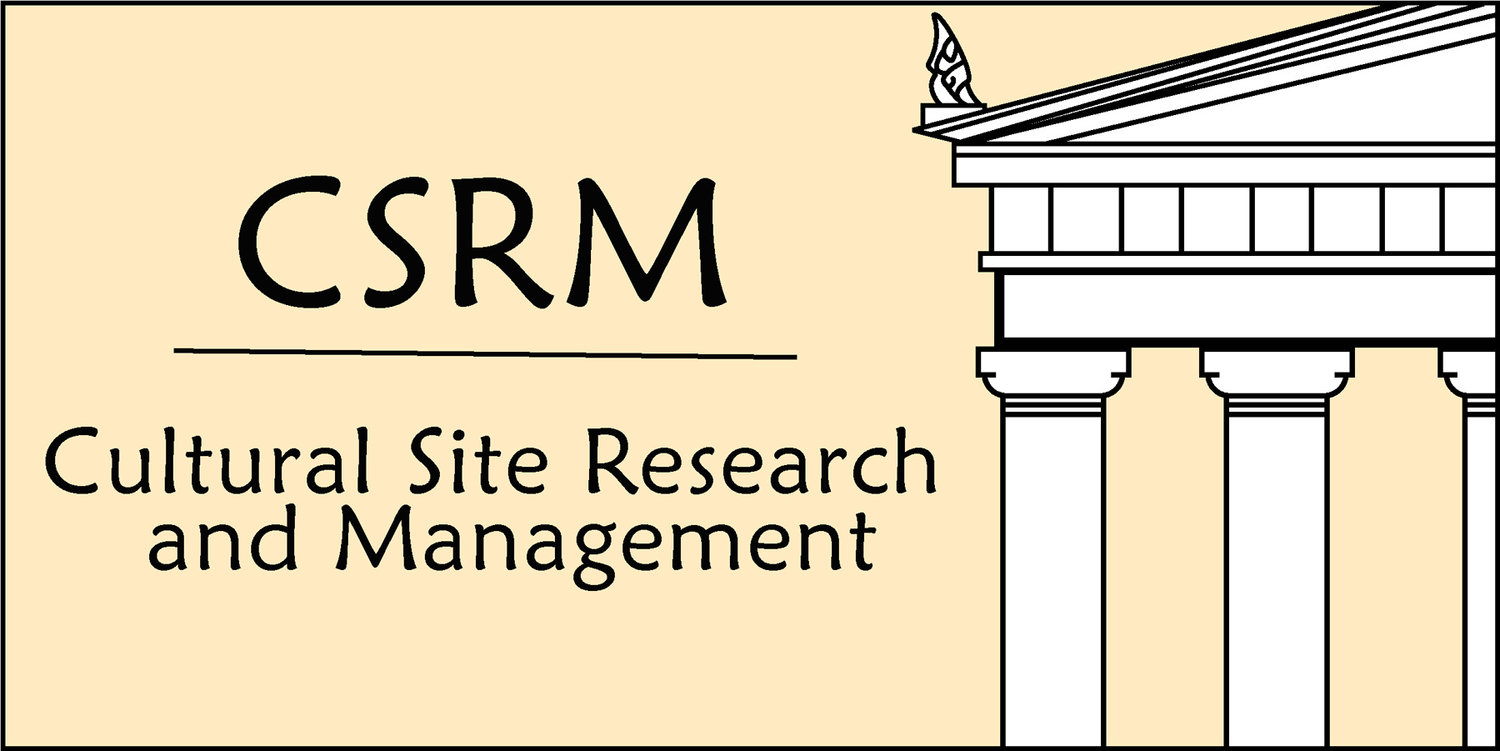Petra Visitor Services Plan
CSRM worked with the Ministry of Tourism and Antiquities of Jordan to develop a Visitor Services Plan for Petra Archaeological Park (Petra). The Visitor Services Plan addresses both the concerns of providing information to tourists and the services required to make the visitor experience positive. Beyond the specific goals of addressing visitor needs, the plan also provides economic strategies to support local businesses and trade.
Approach
Visitor services include all interpretive efforts, as well as other facilities and services needed by the visitor. These include restrooms, restaurants, souvenirs, ticketing, and tour guides. CSRM developed several strategies to improve interpretation and the visitor experience at the site:
- Move services off-site, except where necessary. Many services, such as souvenir sales, take away from the visitor experience. In some cases, the vendors are contributing to the damage to the site. With the exception of necessary items, such as water, vendors will be moved off-site. This is also the case with lectures and other interpretive programs.
- Create a transportation shuttle connecting Petra to two neighboring towns. The shuttle would improve circulation throughout the site, reducing the congestion at chokepoints. Also, it would provide economic activity for the neighboring towns.
- Open a second exit, and entrance for multi-day ticket holders. This would also improve circulation. Also, by allowing people to enter through the neighboring town, it would encourage economic development.
- Require special use permits for group activities within the Park, except tour groups. The permitting process provides a mechanism to review group activities. The primary concern of the permitting process is the preservation and conservation of the resources.
Methodology
After speaking with local and federal officials and on the ground experiences, it became clear that the management of Petra needed to provide visitor services in a less intrusive way, but provide economic opportunities for those whose livelihoods might be displaced. Any policies to be implemented must not negatively impact the employment of local residents, particularly those historically disadvantaged.
Additionally, due to the crowding of main attractions within the heart of the Park, as many services and interpretive actions as possible should take place off site. This would both boost the economic impact of visitation to the Park and improve the visitor experience.
Finally, CSRM reviewed existing plans and management practices. Previous plans included management zones, permitting processes, and carrying capacity studies. The management practices, however, were not always consistent with the policies. Therefore, the plan should be consistent with previous work, including possible reiterations of policies. At the same time, the plan could tweak processes in order to improve implementation.

